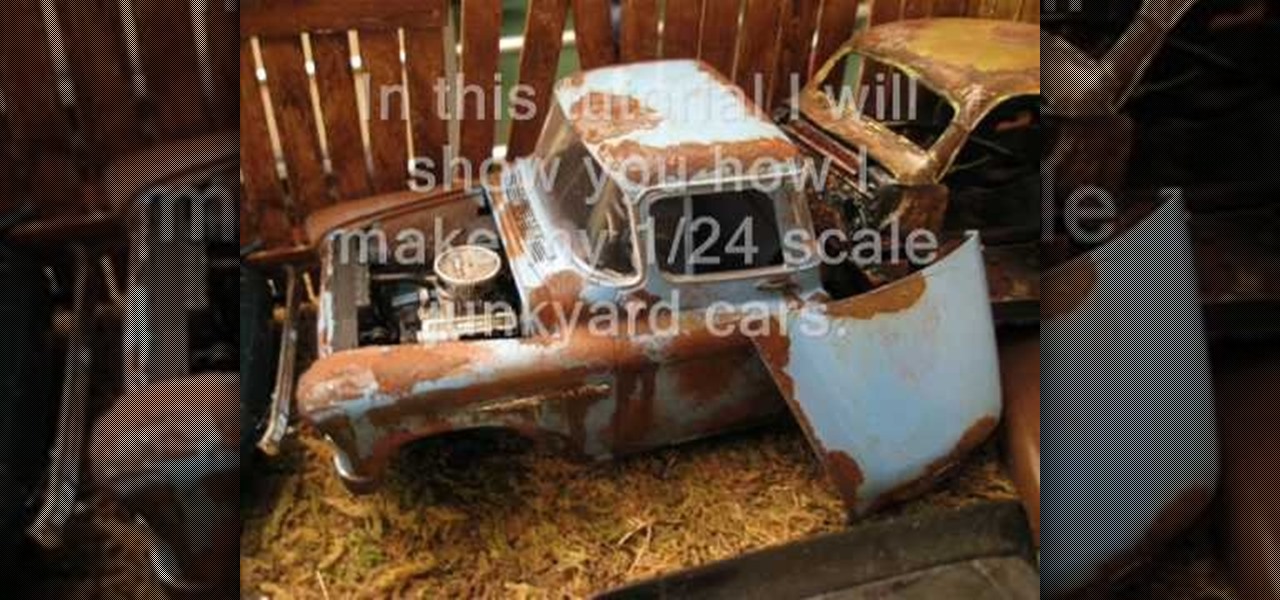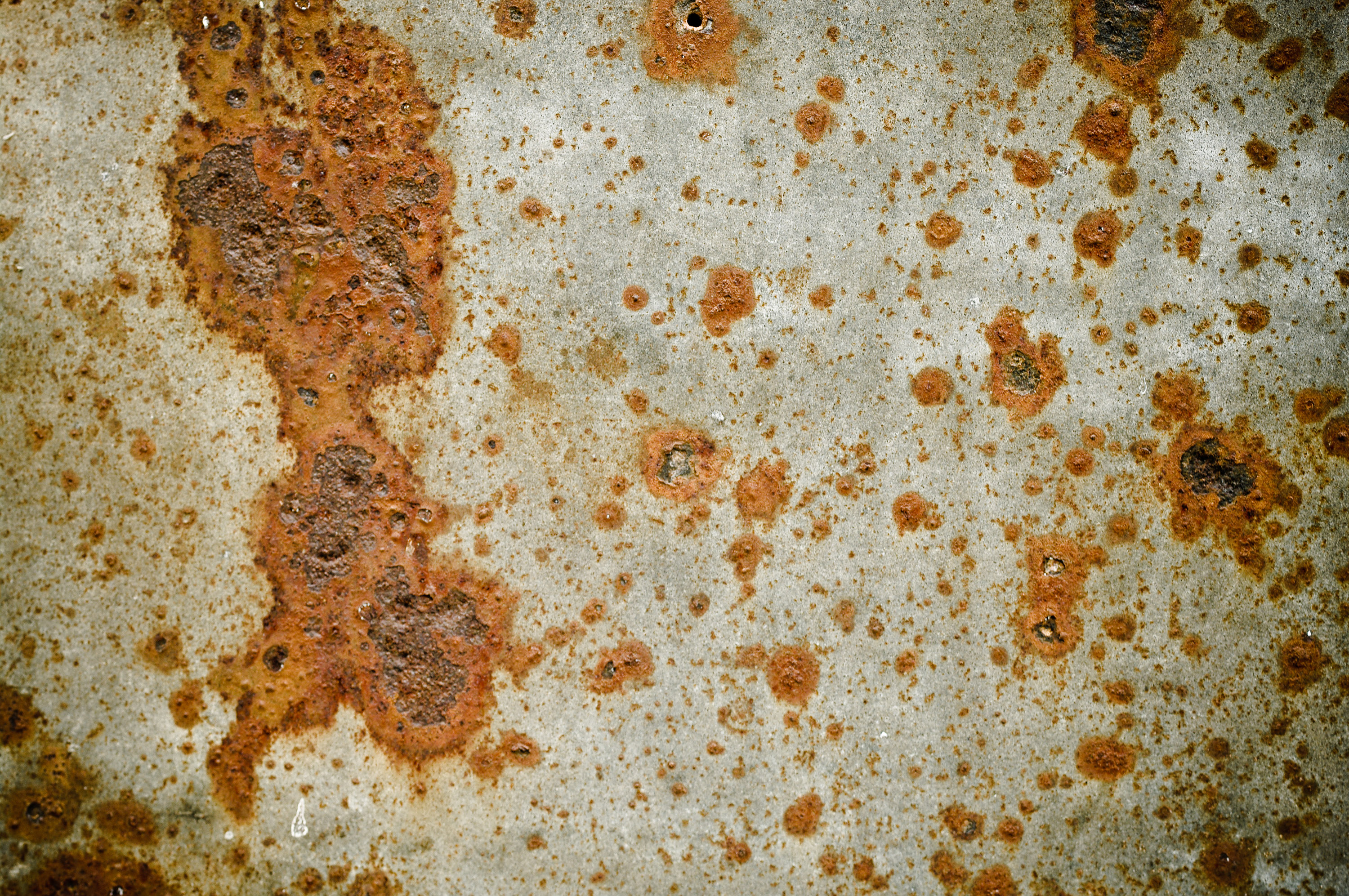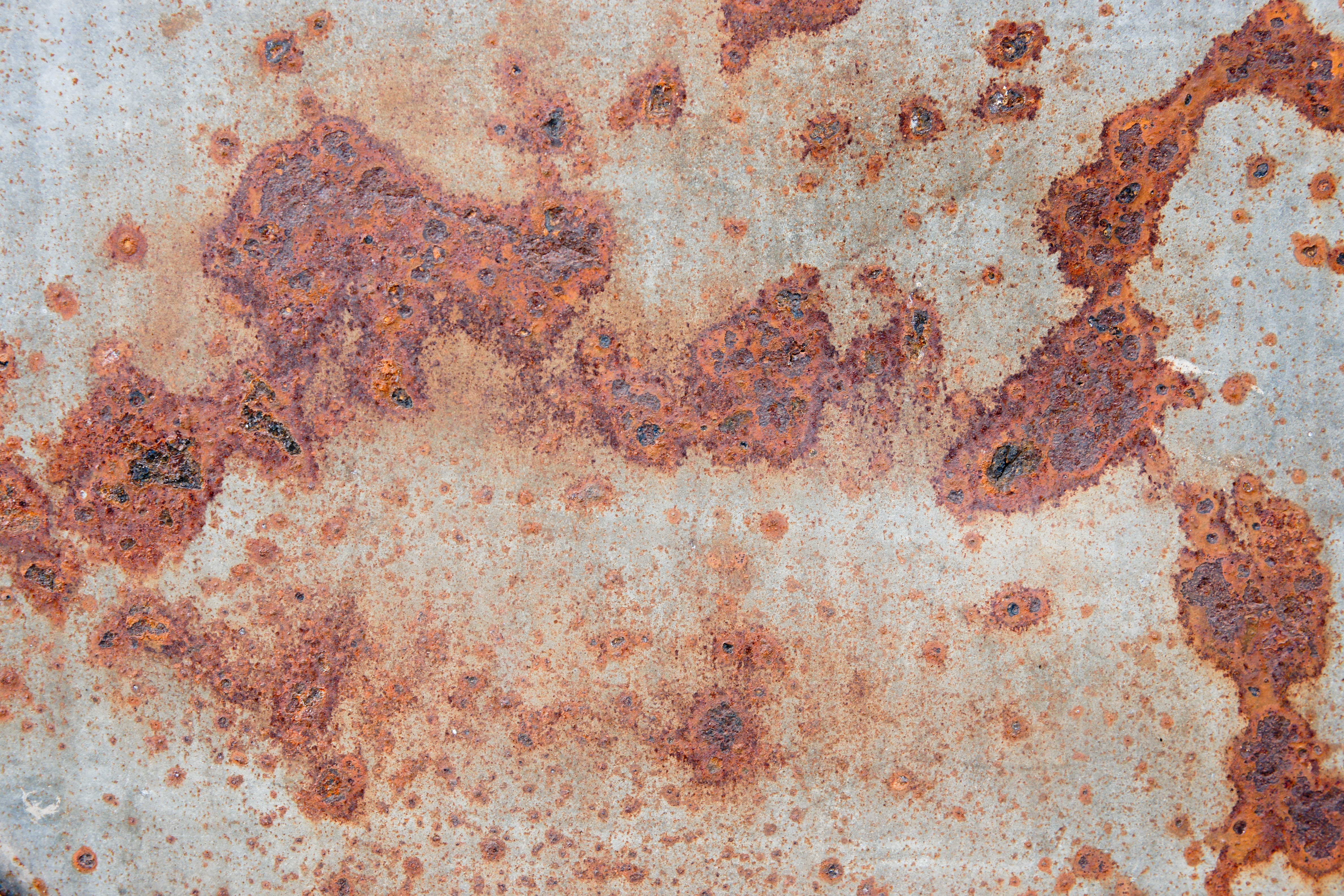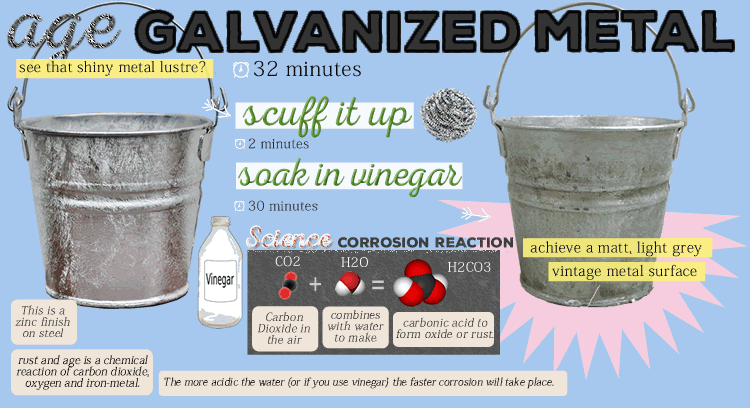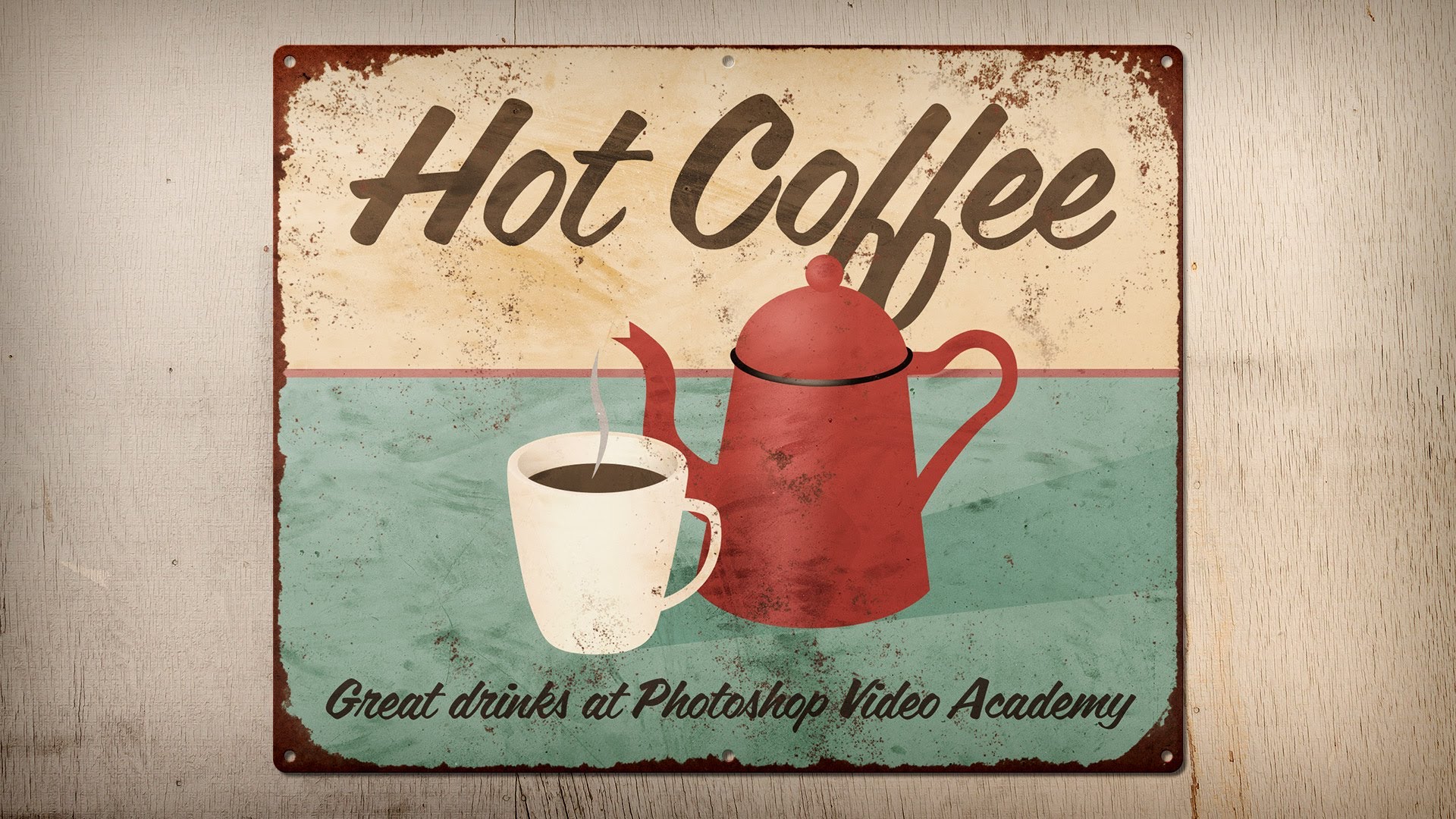Try to remove the coating of the galvanized metal by rubbing it with steel wool or any other abrasive. Now take two spray bottles and pour the hydrogen peroxide in one bottle and pour the acid in the other. Start spraying the sheet with muriatic acid followed by hydrogen peroxide. Aging galvanized metal roofing with toilet bowl cleaner is a straightforward process, and there are no harsh chemicals involved. So, you've prepped the metal object for rusting, but how does the oxidation process happen?
First, you'll need to create a rusting solution by combining 16oz hydrogen peroxide, 2oz white vinegar, and ½ tablespoon of salt. If possible, mix this solution in the spray bottle with some leftover white vinegar. Shake it up so that everything mixes well, and then start spraying down your object. If the rusting doesn't start happening immediately, you may need to put your object in direct sunlight for a while. Adding heat can help expedite the drying process.
Yes I used muriatic acid on 1" x 1" galvanized metal wire mesh cloth to be used as a panel in a wood frame door. I just soaked the wire mesh with acid by using an old brush or straw broom for approximately 15 minutes and let it dry. Repeat it several several times till you are happy with it.
The acid is very toxic and it is recommended that it be done outside and using rubber gloves and a face respirator mask. The same procedure can be used for new galvanized steel corrugated tin as well. For best results, I used a long straw broom to distance myself far when applying the acid and rust almost appear within 10 minutes after it dries. It could make the rust flaky of which you can sand lightly to your tastes. You can wipe it clean with cloth rags and still retain the rusty looks. As an option, you can spray it with satin polytherene to prevent it from getting dirty and rusty on your hands.
The most popular metals for metal roofing are aluminum, tin, steel, and copper. The steel metal sheets are the most economical of all materials. This combination forms iron oxide which causes your steel metal roof to rust.That's why manufacturers use zinc coating on the steel sheets to prevent rusting.
After a few years, the reflective efficiency decreases. Set the degreased object outdoors or in a well-ventilated area on a piece of cardboard. Work in an area where you can spray rusting solution without affecting nearby surfaces. Spray your metal object with plain white vinegar, soaking the surface and letting it dry before reapplying. The acidic vinegar lightly etches the metal surface so the piece will rust faster. Repeat the spray-dry pattern a couple of times.
How To Make Aluminum Look Old And Rusty Yes, the next step is just like pickling cucumbers, only here you're pickling steel. Steel pickling helps create a uniform coat of rust instead of specific areas being rustier than others. Pour some white vinegar into the spray bottle and then spray every inch of the metal object.
Let it dry in the sun, and then repeat several more times. Now, your steel will be ready for the metal rusting process. Steel, copper, aluminum, and tin are usually used in sheets for roofing. Steel metal sheets are the most affordable of the lot, and they have an expected lifespan of up to 30 years and more. Ungalvanized steel metal sheets will rust as they contain iron. When oxygen and water come into contact with iron, it forms a combination called iron oxide which will cause your metal steel roof to start rusting.
Muriatic acid is also called hydrochloric acid. You are likely wondering how to rust galvanized metal with muriatic acid? Muriatic acid is available in most shops that carry chemical products. You will also need hydrogen peroxide while applying muriatic acid on the metal sheets.
While purchasing the acid, make sure you also buy the hydrogen peroxide. If possible, mix this solution in the spray bottle with some of the leftover white vinegar. Work quickly and coat with a pump or spray bottle.
When it dries, immediately rinse with water, dry and re-apply until you get the desired finish. Don't use paint on finishes they are a joke. The common denominator when rusting a galvanized roof, using any of the ways listed below, is to remove the protective zinc layer on the metal sheets. Exposing the metal underneath will allow you to activate the rusting process when mixing water, chemicals, and oxygen before applying it to your sheets.
If the galvanized metal sheets on your roof have begun rusting, then you must be thinking about how to paint a rusted galvanized metal roof. You don't have to worry about it, as it's a simple process. Put the gloves on, take steel wool and gently rub the galvanized metal sheets. You know very well that there is a protective layer on your metal sheets that protects your roof from various environmental conditions. It protects your sheet so that it will not rust easily.
If we're looking for a nice rustic look, we will need to scrub the entire sheet with the steel wool to remove the protective layer. If you want to give a rustic and vintage look to your galvanized roofing sheets, then the question on your mind will be how to rust galvanized metal roofing? Don't worry, it's a straightforward process and you can do it alone at your home. You only need a few products readily available at home, and using them properly can easily rust your sheets. If they are aluminum you can't get them to rust. The best thing I have found to age aluminum, is bleach, which has already been suggested.
If you want them to look rusty you will need to experiment with light sprays of brown, red primer, and yellow paint and dry brush to blend. If they are galvanized then lightly spraying them with muriatic acid or toilet bowl cleaner) will give them a patina. Make sure to do this outside, stay upwind, and wear goggles and gloves. After they are dry the patina can be enhanced by wiping with gun blueing.
Working in a well ventilated area, pour the peroxide into the spray bottle. Spray the tin or iron with peroxide, misting generously. Rusting should begin almost immediately, and is sort of fun to watch. Allow items to dry completely, and then rub to remove salt. Different effects can be achieved using more or less salt.
I also achieved some nice rusting by letting the items dry, and then remisting them with peroxide to start the process all over again. Rinsing the rusted item in cold water removes some of the rust, and gives a smoother surface. This is definitely a technique to experiment with fully before you plunge in with a big piece.
For the quickest result, try the hydrogen peroxide, vinegar, and salt method. If you're not too keen on DIY research who sells pre-rust galvanized metal roof sheets in your area, it should be easy to find these types of sellers. Now lay your non-galvanized corrugated metal sheets on a workbench in a well-ventilated area. After 24 hours, you will notice that the vinegar on galvanized metal has turned a shiny metal into rusty metal sheets.
You need to spray an acrylic sealer on your metal sheet to preserve the rust for years to come. The acrylic sealer is readily available in the market and will help beautify your metal sheets. Once you spray the sheets they will be ready after a few hours.
Now cut the sheets with tin snips and install them on your roof to give a new look to your house. Remove the protective layer of your galvanized metal sheet with steel wool, sandpaper, or any other abrasive. Then put some vinegar in a spray bottle and spray it on the entire metal sheet. If you don't have a spray bottle, then you can use paper towels. Just dip the paper towels in vinegar and spread them on your metal sheet. Your vinegar may dry after a short while, so you may need to repeat the process for the best results.
Because corrugated metal roofs are made with a galvanized coating to prevent corrosion, the paint is going to need some help if we want it to stick. So, we need to neutralize the zinc with an acid. We're going to use white vinegar since it's completely natural, inexpensive, easy to find, and completely harmless to you.
With a few household chemicals, it's easy to speed the oxidation process along. Below, we've shared the basic steps to give your outdoor decorations a charming, weathered look. When exposed to rain, sun, and outdoor elements over long periods, metal patio furniture will eventually rust. Painting rusted metal furniture is a simple DIY project that can quickly make tables and chairs look good as new.
However, paint won't stick to dirty, rusty surfaces, so you'll have to remove the rust before adding your favorite paint color. Some people like to have the rustic or vintage look of their galvanized metal roofing right from the beginning. They'll use some homemade techniques and apply them on the metal roofs, which rust them within one day. This will give your house a unique modern look. In this article, we will discuss how to rust galvanized metal roofing by using a simple procedure. So, what is the best primer for coating that rusted metal roof?
There are quite a few good products on the market, but my favorite is the Rust-Oleum High-Performance Rusty Metal Primer. Its formula is made specifically for rusted metal surfaces and it stops rust where it is so it can't continue spreading and ruin your new paint job. Degrease the stripped metal with a commercial degreaser to remove grime, dirt or remnants of finish that will prevent the chemical reaction that causes rust.
Wear protective goggles and gloves every time you handle chemicals during the rust patina process. Do not handle a degreased piece of metal with your bare hands, to avoid any skin oil residue, which repels the rusting solution. On that note, here's some paper that has been created by pressing it between sheets of metal rusted using this technique. Spray the rusty metal sheets with water, lay the paper between them, and walk away. If it's not rusty enough, give it another spray.
Your mileage may vary, depending on how humid it is where you live. For every eight parts of hydrogen peroxide, add one part of vinegar and one tablespoon of salt. Try to spray it on the metal sheet and when it dries out, spray it again. You will get a rusty look after you repeat this process a few times. Toilet bowl cleaner is an essential staple in almost every house. Just grab this product from your bathroom and spread it all over the metal sheets.
The more toilet cleaner you use, the better the results. Now take some more steel wool and rub the toilet bowl cleaner on every corner of your metal sheet. Tear some pieces of steel wool and put the wet steel wool pieces on your metal sheet and let it dry. The secret to painting galvanized steel is white vinegar. If you have a kitchen, then you probably already have this handy solution.
White vinegar is both effective and non-toxic, so it is much safer to use than your average industrial solvent. All you have to do is simply apply the vinegar to a clean rag and then wipe down the galvanized surface. The acidity of the vinegar will react with the metal, treating the surface to promote paint adhesion. Baking soda works well on items with light rust stains.
It also works well on items made out of thin metal. Mix water and baking soda into a thick paste and spread the paste all over the metal, making sure that rusty spots are well covered. Let the paste sit on the object for an hour or so. Use steel wool or a wire brush to scour the object and remove the rust.
Rinse the paste off with water and dry thoroughly. To tackle items with significant rust, submerge your rusty tools or knives in a bowl of vinegar and let them sit overnight. Once they have had a good soak, remove them from the vinegar and scrub the rust off with steel wool or a wire brush. (This may require some elbow grease.) If there are some remaining rust spots, repeat the process and soak the object longer. Once all the rust has been removed, clean with dish soap and water and dry thoroughly. And if you love rustic, farmhouse style, or industrial décor, once you know how to age galvanized metal roofing, you can make so many cool DIY décor pieces.
From vintage metal signs to rustic magnet boards to unique wall treatments, you can do all kinds of things. Understandably, most people want toprevent their cars and power tools from rusting, but some steel objects gain character from a beautifully detailed rusty patina. With a few household chemicals, it's easy to expedite the oxidation process. The discussion below details some of the basic steps to give your outdoor decorations a charming, weathered look.
